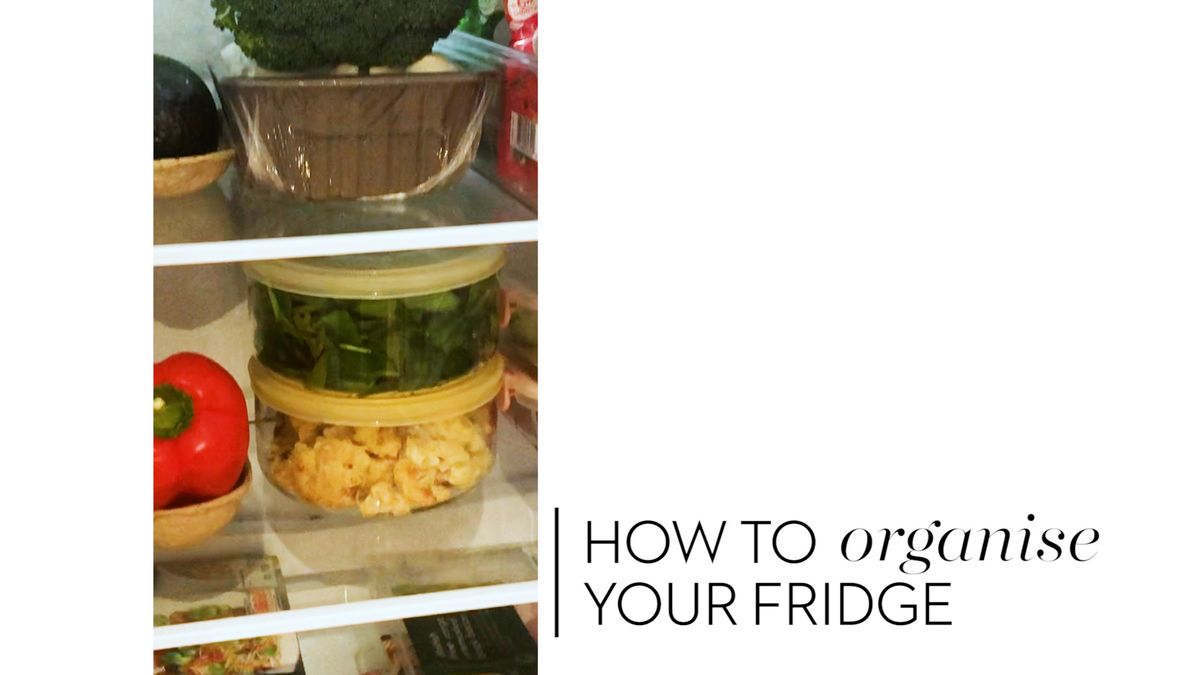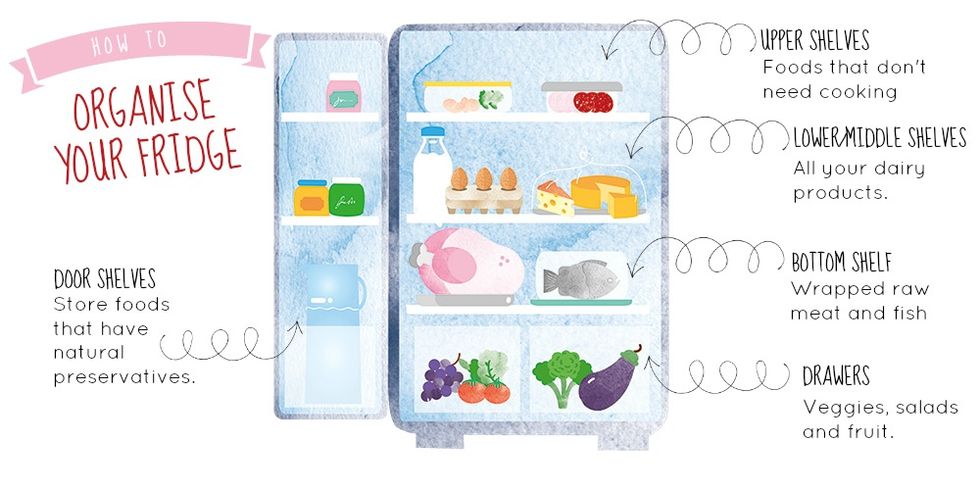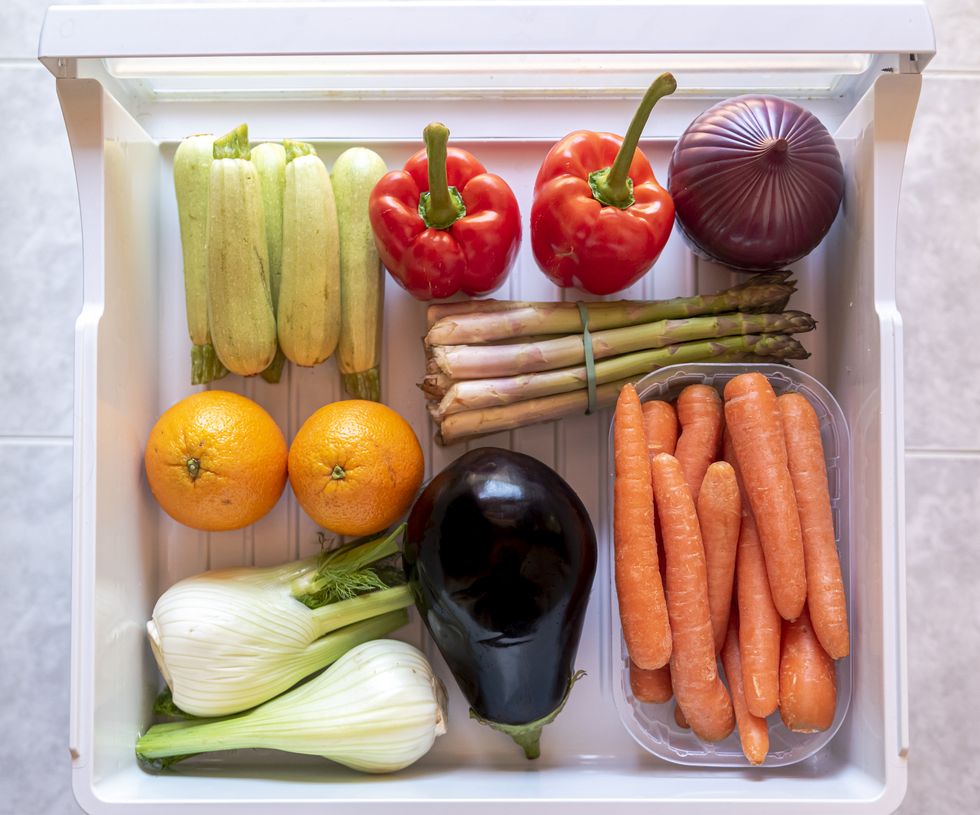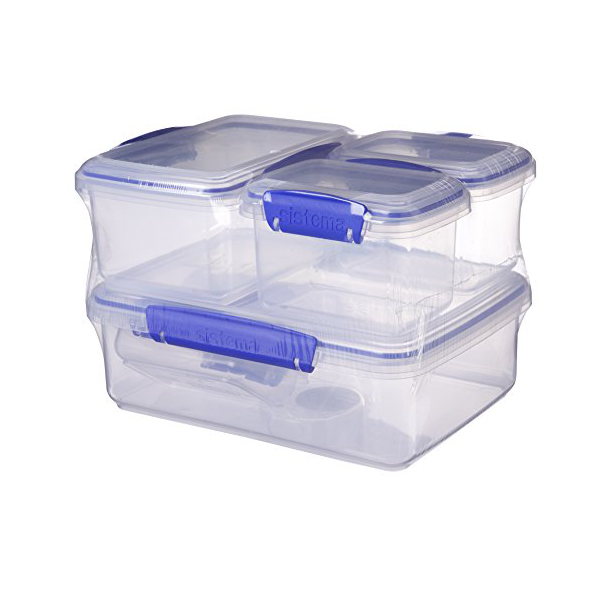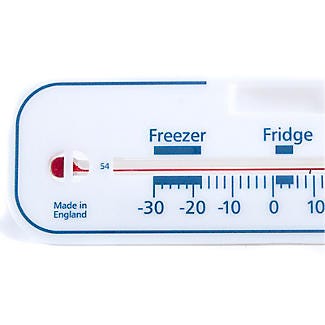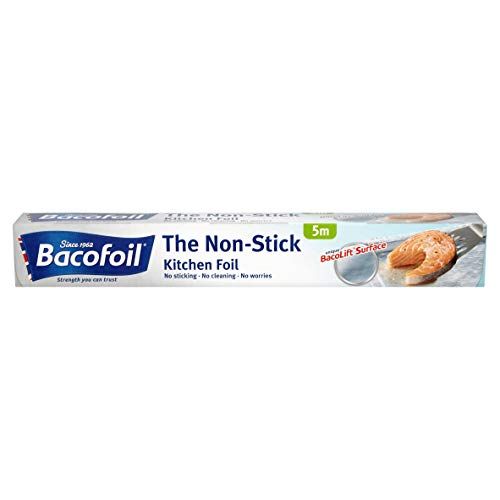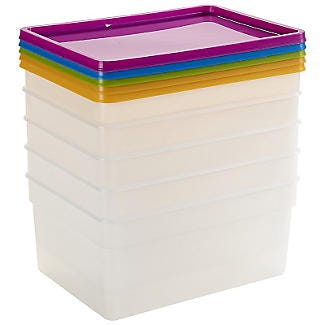After a big grocery haul, it’s tempting to toss items into the fridge without much thought. But taking a few extra minutes to organise your fridge properly can pay off in a big way. Not only does it help keep your food fresher for longer, saving you money, it also reduces the 5 million tonnes of edible food waste UK households generate each year (according to WRAP).
Even more importantly, a well-organised fridge minimises the risk of bacterial contamination, helping to keep your household healthy and safe.
Once you know the best way to store each type of food, keeping your fridge in order is easy. Here’s how to do it right.
What to read next
How to organise your fridge:
Illustration: Rachel Sneddon
Breaking it down
Upper shelves
Store ready-to-eat foods like deli meats, leftovers and prepared snacks here. These items don’t need further cooking, so keeping them high up helps prevent cross-contamination.
Middle shelves
Use these shelves for dairy products such as milk, cheese, yogurt and butter. These foods benefit from a stable, cool temperature that’s not quite as cold as the bottom of the fridge.
Bottom shelf
This is the coldest part of your fridge – perfect for storing wrapped raw meat and fish. Keeping them on the bottom also prevents any potential drips from contaminating other food.
Drawers
Designed to hold moisture in, drawers are ideal for storing fruit, vegetables, salads, and fresh herbs in their original packaging. This location protects delicate items from cold spots at the back of the fridge, which can cause them to freeze and spoil.
Door shelves
The door is the warmest area of your fridge and is most affected by temperature changes. Use it for foods with natural preservatives, such as condiments, jams, sauces and juice.
10 top tips for fridge storage
- Separate raw and cooked foods. Always store cooked or ready-to-eat items higher up than raw meats to avoid drips or cross-contamination.
- Don’t rely on smell to check meat safety. A Tap Warehouse study found that 66% of Brits use smell to judge meat freshness – but harmful bacteria that cause food poisoning are often odourless.
- Clean your fridge frequently. Use an old toothbrush to reach tight spots and wipe shelves with warm soapy water or a food-safe antibacterial spray.
- Defrost your fridge or freezer regularly. Excess ice can reduce efficiency and limit space for proper air circulation.
- Protect fresh produce. Avoid letting herbs and leafy greens touch the back of the fridge, where colder temperatures could freeze and ruin them.
- Soft dairy like butter and cream cheese doesn’t require the coldest conditions – these items can safely go in the fridge door if space is tight.
- Keep ethylene-producing produce out of the fridge. Items such as bananas, avocados, tomatoes, peaches and plums release a gas that speeds up spoilage in nearby vegetables.
- Refrigerate open jars and cooked food properly. Seal everything tightly – raw meat should always be covered or in a leak-proof container to prevent contamination.
- Never defrost meat or fish at room temperature. Over half of UK households still do this (according to Tap Warehouse), but it can quickly lead to bacterial growth. Always thaw food in the fridge.
- Let hot food cool first. Putting hot dishes straight into the fridge raises the internal temperature, which can affect other foods and encourage bacteria to multiply.
